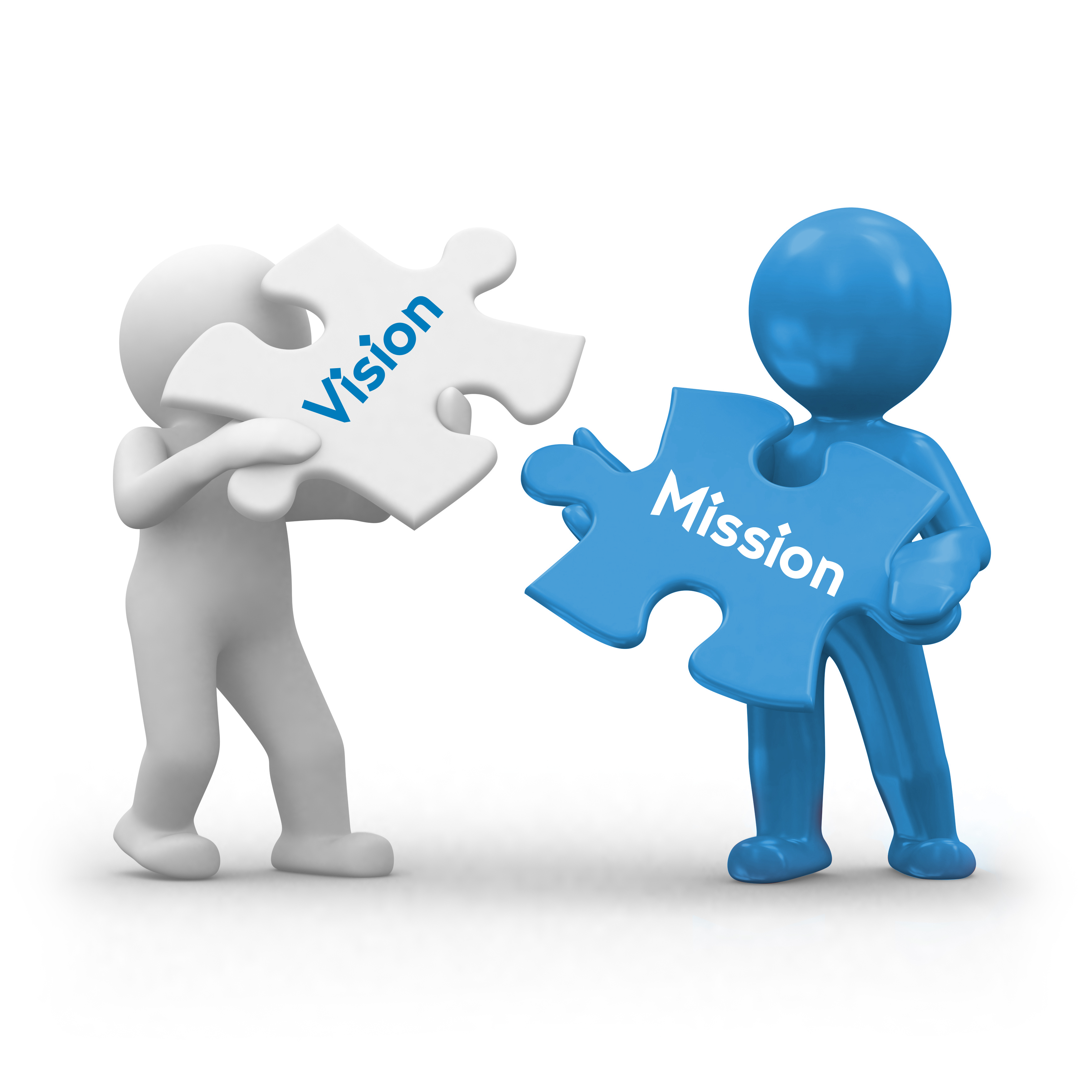Rick Lochner is the President and CEO of RPC Leadership Associates, Inc. He is an accomplished Coach, Facilitator, College Professor, Keynote and Workshop Speaker, Author and foremost, a Leader.

Alan: I think a lot of people confuse Vision and Mission as being the same thing. How are they different?
Rick: A Vision is aspirational. With a vision you want an emotional attachment to it. A Mission is more tangible in how the business goes about its business. Many times, entrepreneurs will go right to the mission because it is easier to explain. People can more easily understand the Mission because it is something that is much more tangible.
Alan: What do you mean when you say Vision is aspirational?
Rick: It defines the organization’s purpose. It is the company’s North Star. The Vision is something the leader wants the organization to become. It is aspirational. When you think of Vision, think of what John F. Kennedy said in 1961 about the US going to the moon.
“We choose to go to the moon in this decade and do the other things, not because they are easy, but because they are hard; because that goal will serve to organize and measure the best of our energies and skills, because that challenge is one that we are willing to accept, one we are unwilling to postpone, and one which we intend to win.” jfk-moon-speech
Rick: We didn’t know how we were going to get to the moon, we certainly didn’t have the technology, but this was something that inspired all of the American people and that vison is still remembered today.
Since that time, it has become even more important for a company to have a Vision; to have a purpose. Since the turn of the 21st century, people care even more about the purpose of a company and they are looking for it to be more than just purchasing a product or service.
Today, consumers and in business to business relationships, people want to know what the company is doing to help make a better world. A measure that is used today to gauge how environmentally responsible a company has been over a period of time, in financial, social and environmental areas is called the Triple Bottom Line. Examples are Green and Sustainability initiatives by companies.
Note: for more on topic see triple bottom line
Alan: What is a Mission?
Rick: A Mission is more concrete where you ask questions like:
• What do you do?
• How do you do it?
• For whom do you do it?
Alan: How does Purpose fit into Vision and Mission?
Rick: Purpose is a multi-use umbrella statement that is made up of Vision and Values. Purpose should reflect a passion.
Initiatives such as reducing carbon emissions at a company’s operations shows the Value of a having a clean environment.
Alan: Does Vision come before Mission or Mission before Vision?
Rick: Vision comes first. Vision is the foundation for a business. Vision provides long range direction of a 5 to 15 year horizon.
Mission is normally a 2-3 year horizon. The Mission can change over time.
Once you have established the Vision and Mission of a company, the Strategy which is the third part of the triad, can be developed.
The strategy is how you are going to compete. How is the company going to go after its market? What is the company’s Competitive Advantage? Is the company aiming for Cost Leadership like a Wal-Mart in retail or a Southwest Airlines in transportation? Or will the company go after Market Segmentation by focusing on a particular niche?
The Strategy builds on the Vision and Mission of a company and it completes the strategic thinking process.
Alan: Does a business have to have Vision and Mission?
Rick: If you only pick one, the company must have a Vision, because it gets people emotionally attached. A company needs a Vision so employees get engaged in what the company is trying to achieve. Companies that have a higher level of employee engagement perform better.
I worked with a non-profit that had a Mission but no Vision and no strategic plan. Once they created a Vision, the close rate on grants went up because people understood why the non-profit was in existence. It’s important to communicate why you are doing what you are doing.
Once you develop a Vision, the Mission will follow.
Alan: Rick, thanks for these insights. I see the importance of each and why they need to be defined for a company at the start.
For a more in-depth look into the strategic thinking and tactical execution of a business, get Rick’s book, The Missing Piece for Entrepreneurs.


